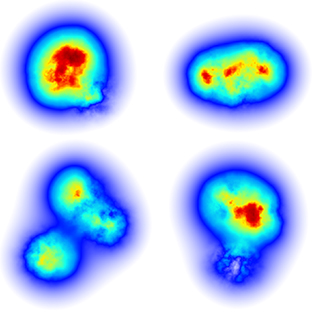
Modeling the “Flicker” of Gluons in Subatomic Smashups
A new model identifies a high degree of fluctuations in the glue-like particles that bind quarks within protons as essential to explaining proton structure.

A new model identifies a high degree of fluctuations in the glue-like particles that bind quarks within protons as essential to explaining proton structure.
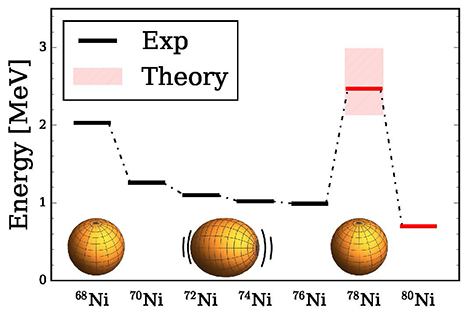
Supercomputing calculations confirm that rare nickel-78 has unusual structure, offering insights into supernovas.
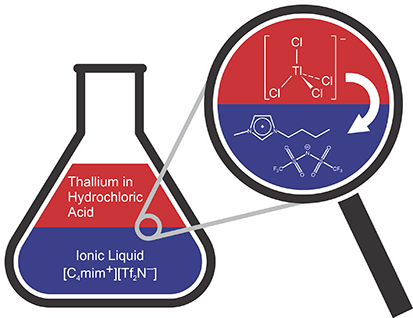
Techniques to investigate chemical properties of super heavy elements lead to improved methods for separating heavy metals.
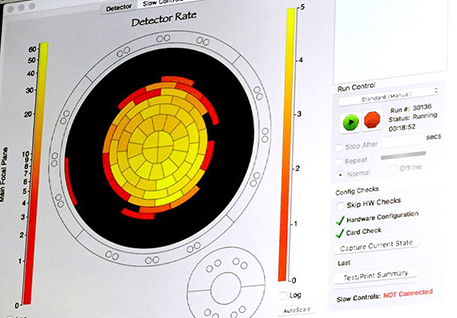
KATRIN project achieves transmission of electrons through completed apparatus, opening new doors to understanding the universe.
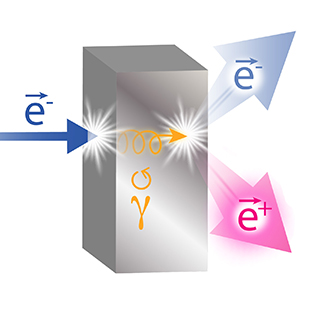
Researchers demonstrate a new technique for producing polarized positrons that could improve manufacturing and lead to new discoveries.
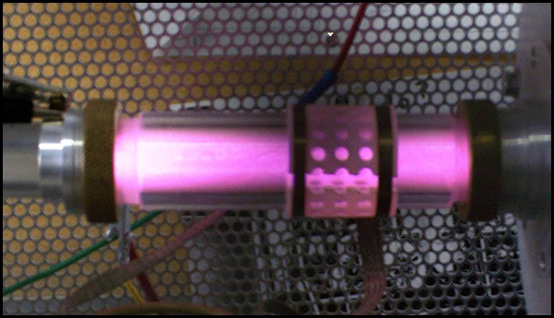
A new method detects residual contaminants in ultra-pure helium gas, critical to nuclear physics experiments.

Studies of the neutrinos emitted in the radioactive decay of nuclei held in an ion trap allow sensitive searches for new interactions.
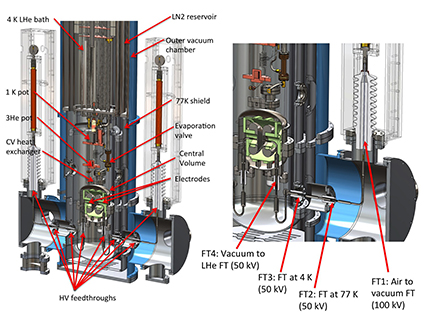
Team’s approach enables a highly sensitive search for a neutron electric dipole moment, which provides insights into the nature of the universe.
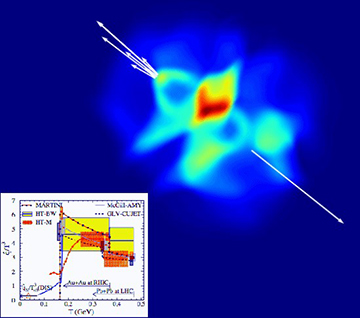
Using fast particles to probe hot matter in nuclear collisions.
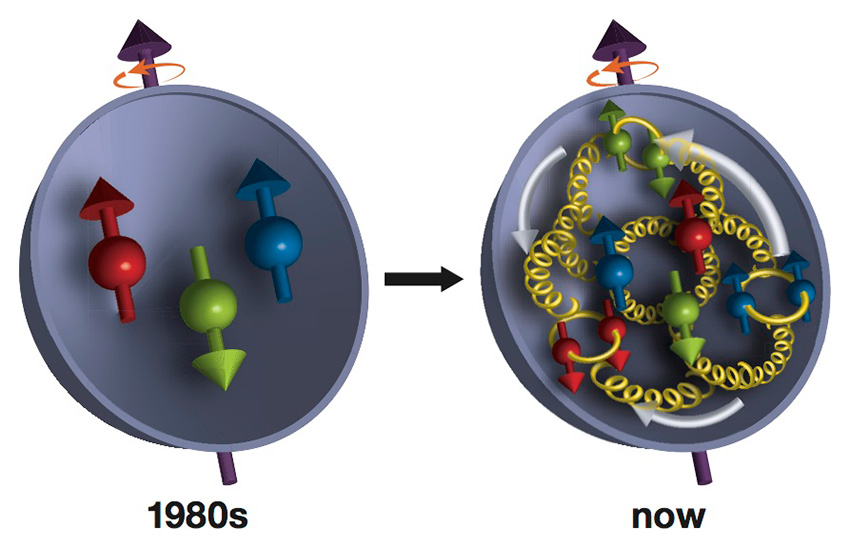
New data that "wimpy" gluons, the glue-like particles that bind quarks within protons, have a big impact on proton spin.
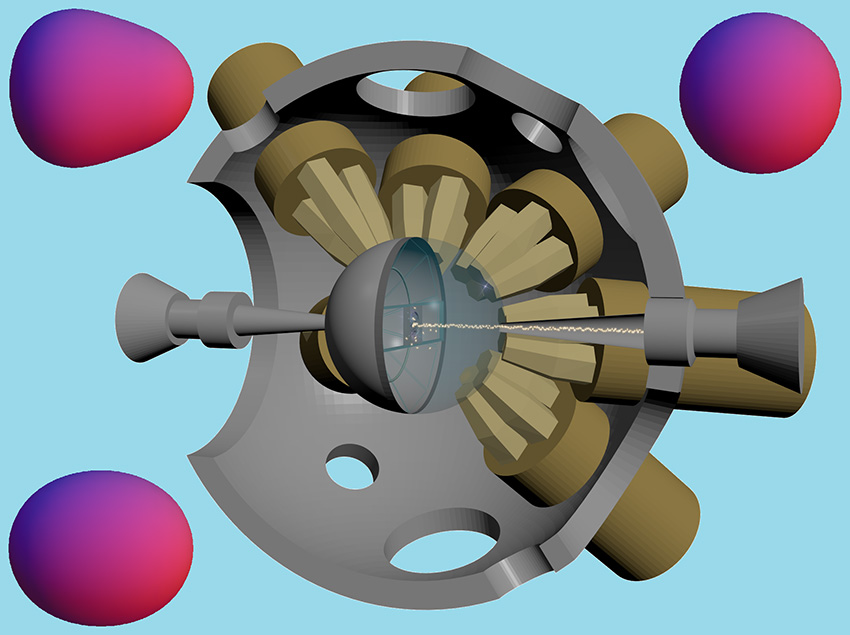
Cutting-edge experiment with a beam of radioactive barium ions provides direct evidence of nuclear pear-shape deformation.
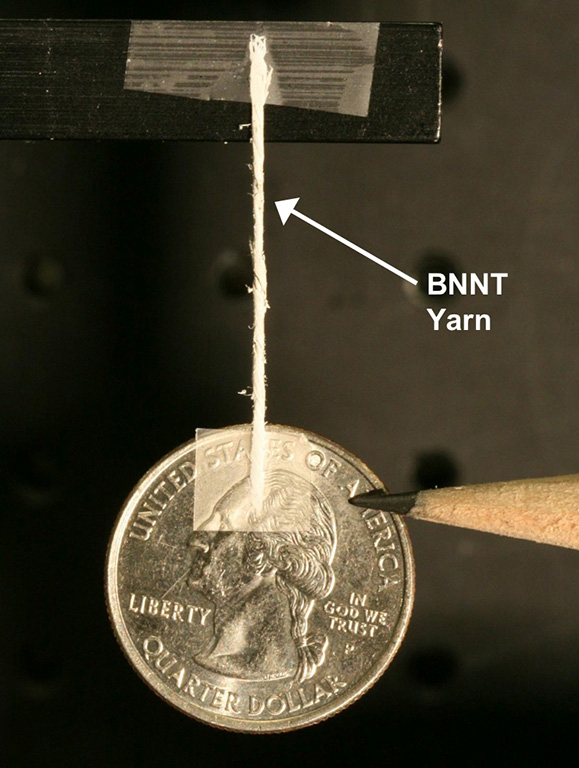
Using tools that enable nuclear physics research into the heart of matter, scientists created a material for applications from aerospace to solar panels.
Signup for the Office of Science’s GovDelivery email service, and check the box for the Nuclear Physics Program in your subscriber preferences.
Subscribe